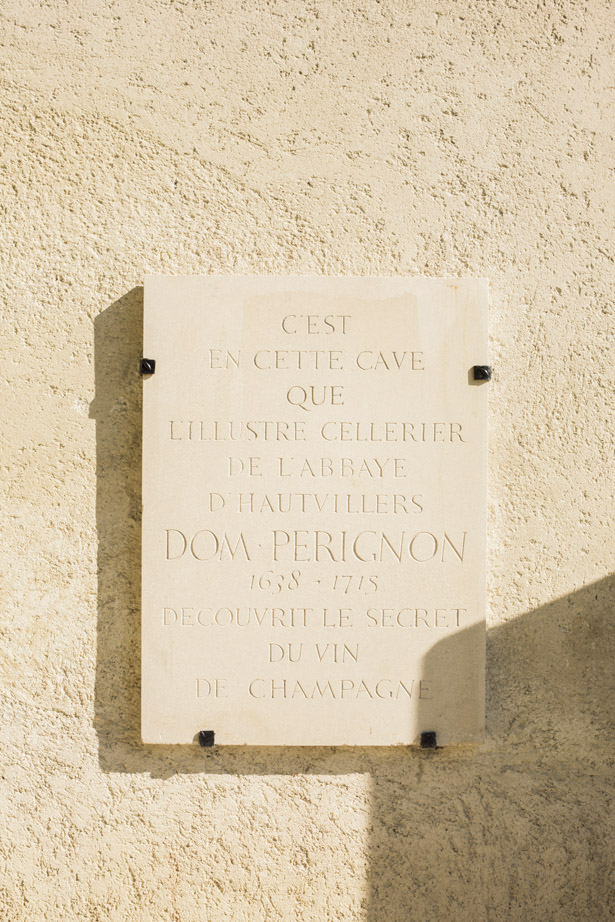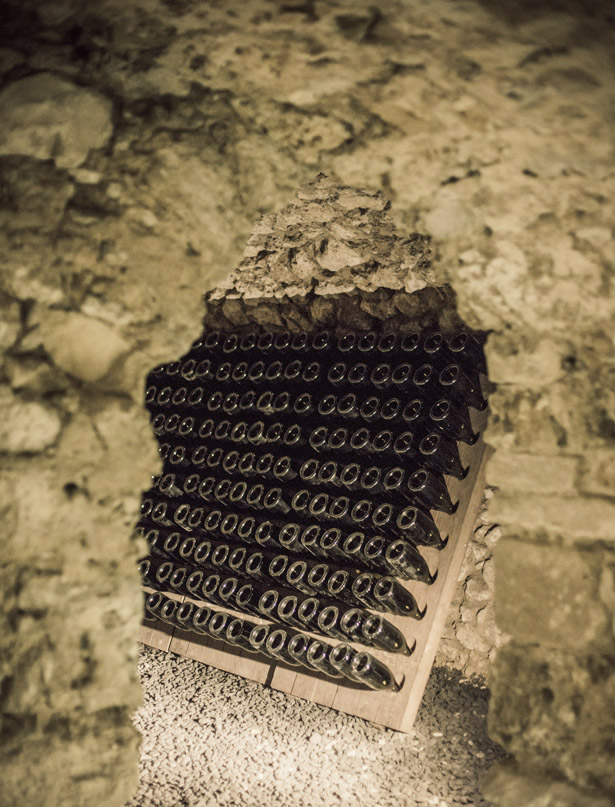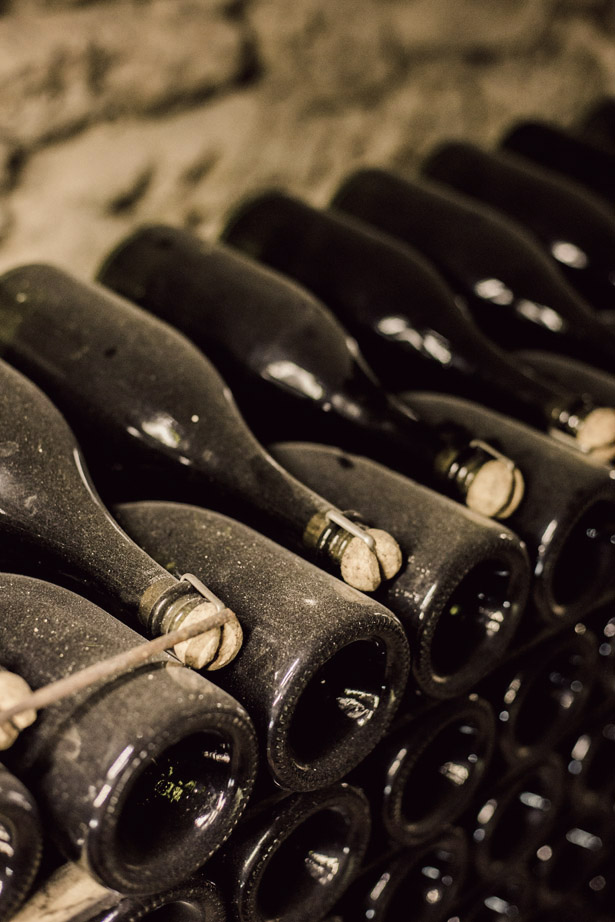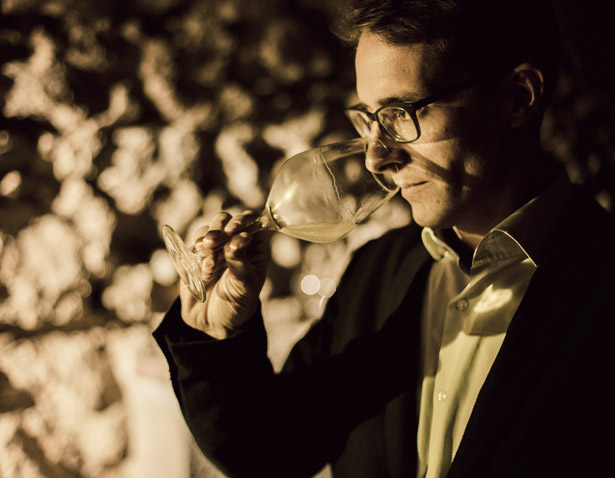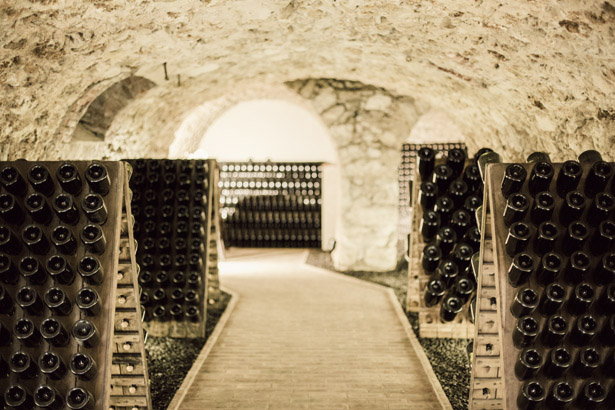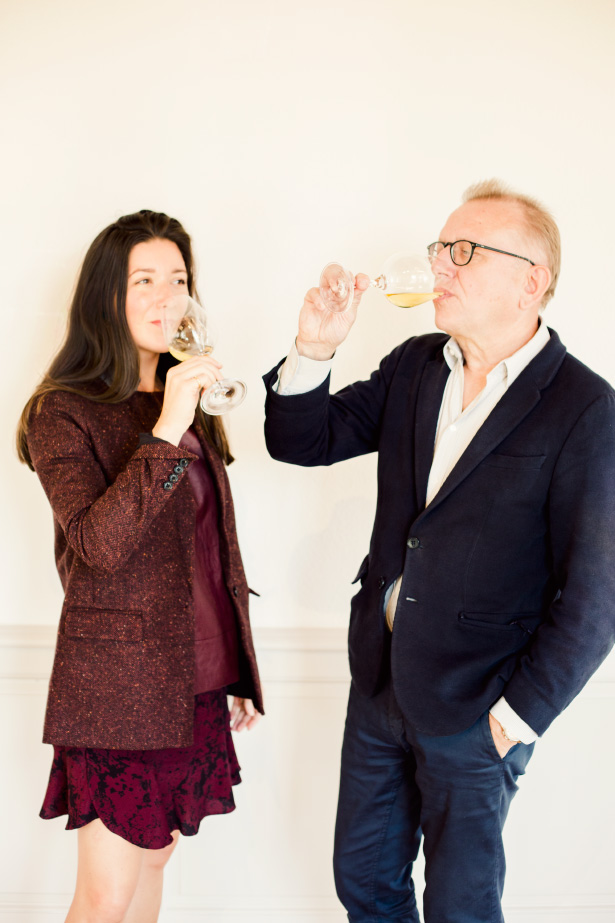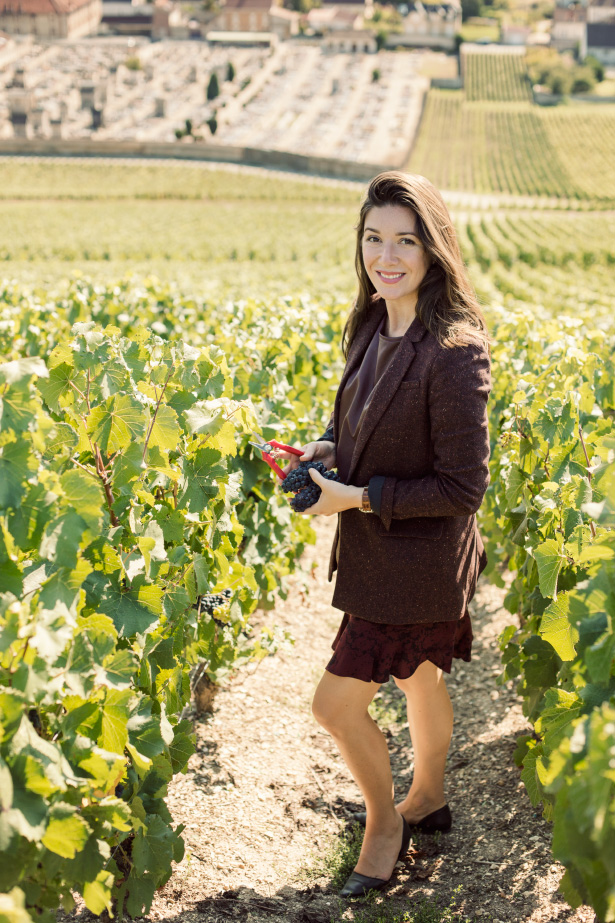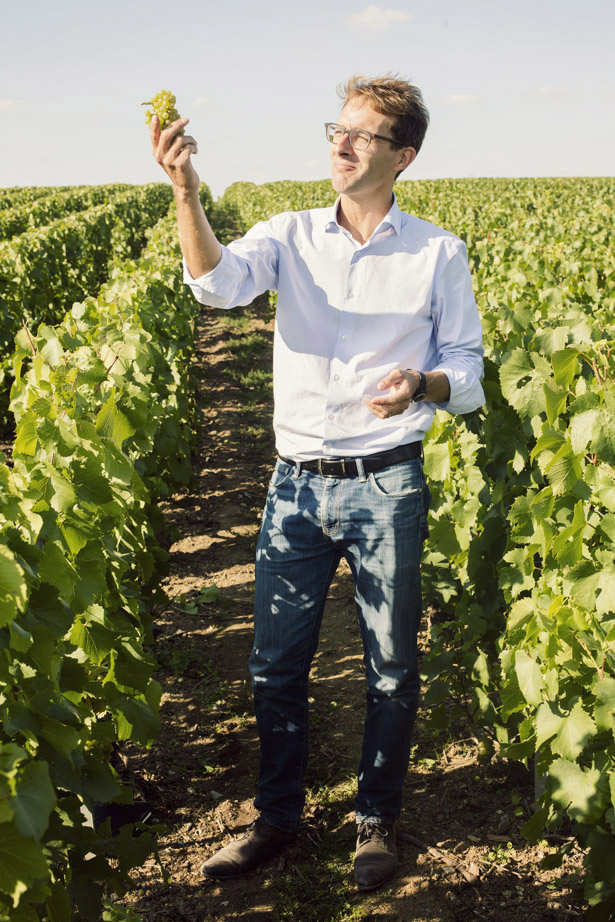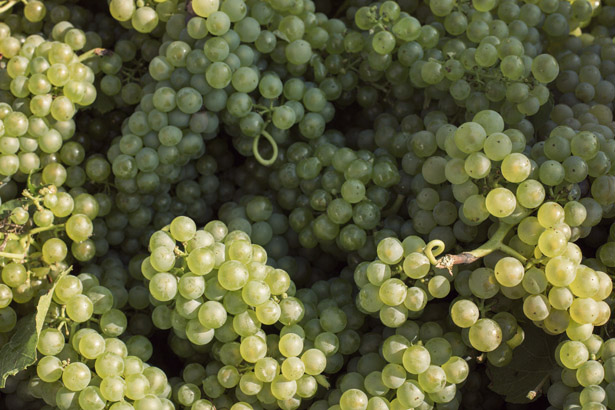[W]e first began our journey to “Decode Dom Pérignon” in Barcelona, questioning the idea of champagne and trying to understand it beyond the simple pleasures of drinking. The second part of our discovery took us to the birthplace of champagne, a sacred abbey high atop a hill in Hautvillers where a monk named Dom Pérignon lived in from 1668 until his death in 1715. It was here Dom Pérignon gave birth to champagne as we know it.
As we walked the grounds of the cloisters it was easier to understand the philosophy of today’s champagne makers of Dom Pérignon. They come here, to this tranquil place that is the spirit and soul of Dom, to reflect on the past and think about the future. It was one of those perfect days. Crisp, damp and cool in the morning opening like a pathway to a glorious sun filled afternoon. I stood on the grounds of the abbey where the first champagne was created and closed my eyes to the smell of old stone, chalk, and earth while the wind whipped the trees around me making a sparkling symphony of the leaves while the golden sunlight danced between the shadows. If a place could sparkle like a glass of champagne, this was the place and in the spirit of inspiration, like with Dom Pérignon, could leave your thoughts amongst the stars.
Following the benedictine rule set by the Sun King Louis IX which transformed France into a country of luxury and craftsmanship, he cared for the vineyards in great detail and through years of contemplation and study transformed the wine making process in three important ways. First, in place of manually stomping grapes with your feet he used a large machine to separate the juice of the grapes from the skin. Second was the blend. He had the idea to blend a variety of grapes from the Champagne villages. Lastly, which lead to the revaluation of champagne, he started the aging process in bottles as opposed to wooden casks which were used in the 17th century. It was through this process he discovered the creation of bubbles in the 2nd fermentation.
The production of Dom Pérignon is far beyond technical. Having now spent many lunches and dinners with the Chef de Cave Richard Geoffroy and Vincent Chaperon they speak of the wine making process in such a romantic and idyllic way it is a constant reminder that we are speaking about something which comes from the earth. It is organic, and most of all, it is a gift from nature.
One of the most poingoint points by Geoffry shared over our tasting of 11 Dom Pérignon vintages was in the way champagne lingers which leads to memory. Memory is a constant in my own work. I take photographs like memories, to see the way it felt, to remember the beautiful moments. Each time I am so fortunate to find myself with a glass of Dom Pérignon I take in the smell which brings back memories of celebration, successes, all those magical nights faded with laughter and distant sparkling lights. Of course, as a winemaker, memory to him refers to the harvest, the conditions of the year that make the DNA of the vintage. The memory of characteristics from vintage to vintage. For example, the 2002 being elegant, refined, creamy, perfectly balanced while the 2003 is robust, bright, exciting, crisp. The memory of tradition and the relationship to time to project themselves forward into the future. It’s amazing to me that you can find so much life lived in one sip of champagne.
Welcome to the home of Dom Pérignon and the birthplace of champagne. 

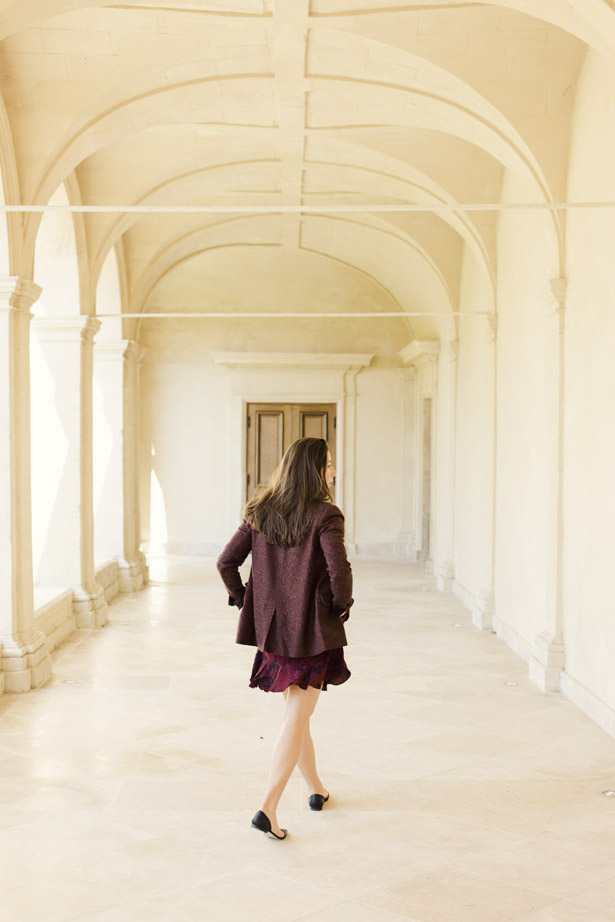

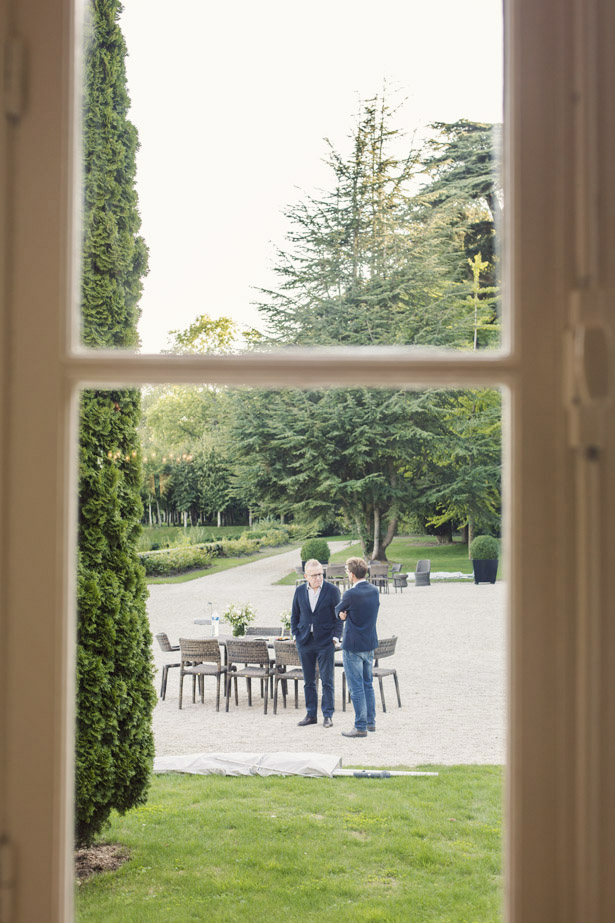
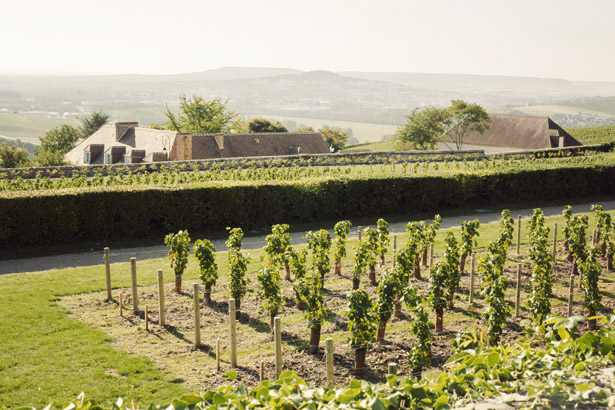
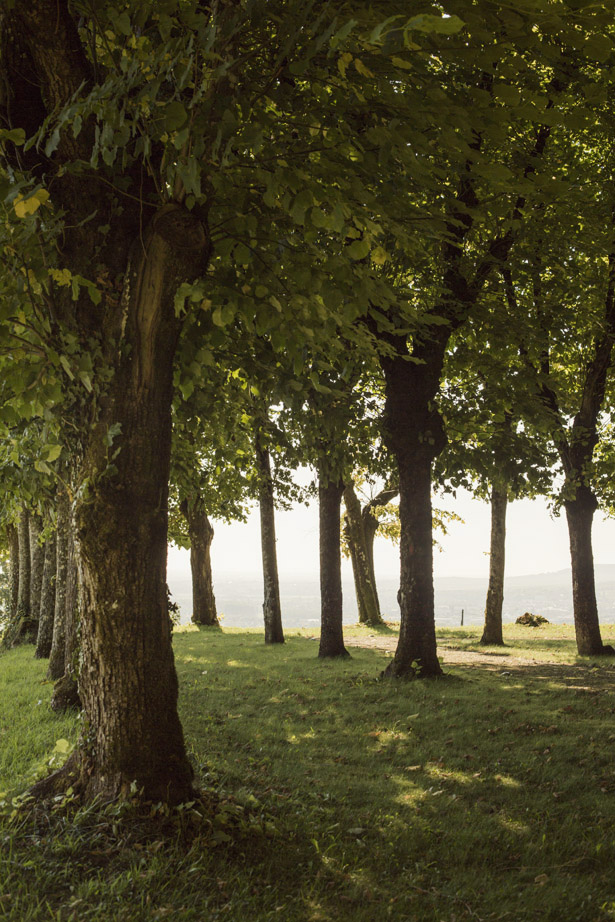
Below, travel companions Filippo Fiora & Filippo Cirulli take in the view.
“Dom is made with a vision. It is to be driven. It is Dom in the richness, the mouthful, touching, caressing, a steady beat in the waves of succession of the finish and then the linger… the memory.” -Richard Geoffroy
“Tastings have to be shared like everything good in life.” -Richard Geoffroy
After spending a couple of days with Richard Geoffroy, the chef de cave, in Spain and now in the home of Dom we have become quite friendly over our love for vintages and his poetic way of making the world of champagne so much more than just stars to dance on your pallet. 

“You taste what you see. In a flute, it is narrow, it’s lean. The more you expand the bottle of the glass the more you expand your experience. Expanded wine glass, expanded experience. If it looks flat, like the wide rim glass, it will taste flat.” -Richard Geoffroy 


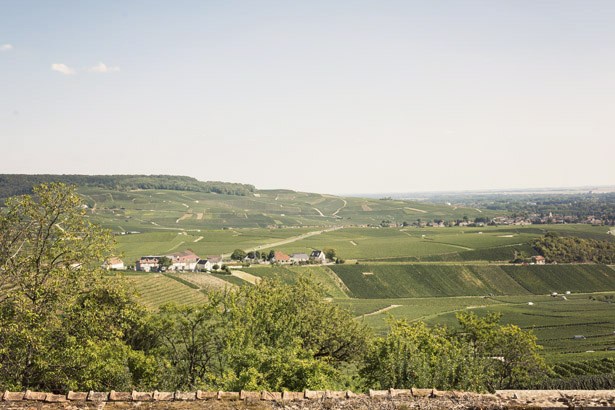
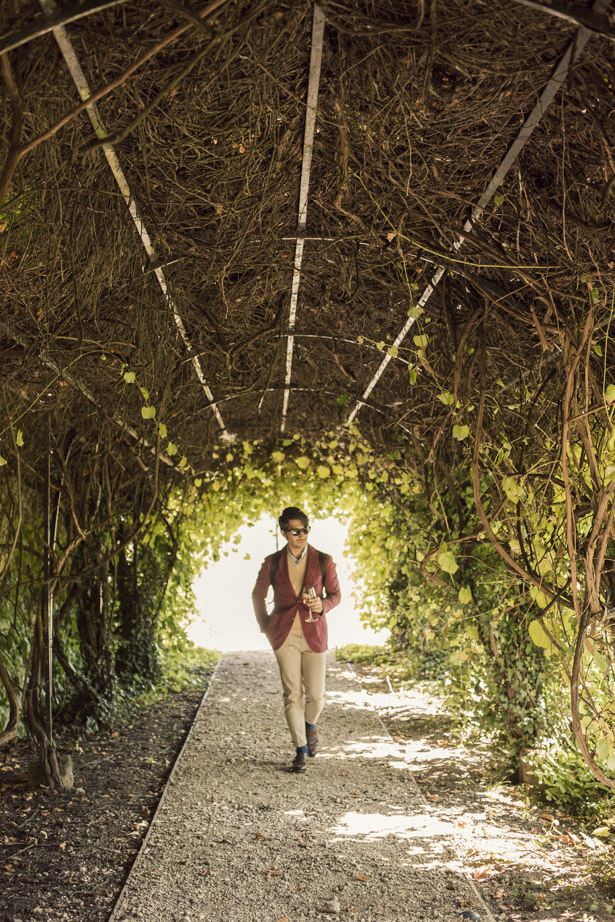

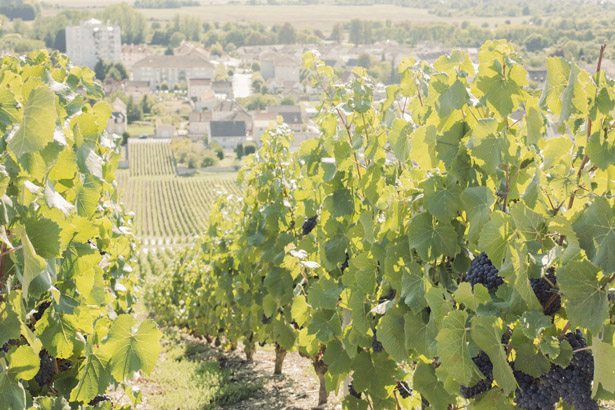
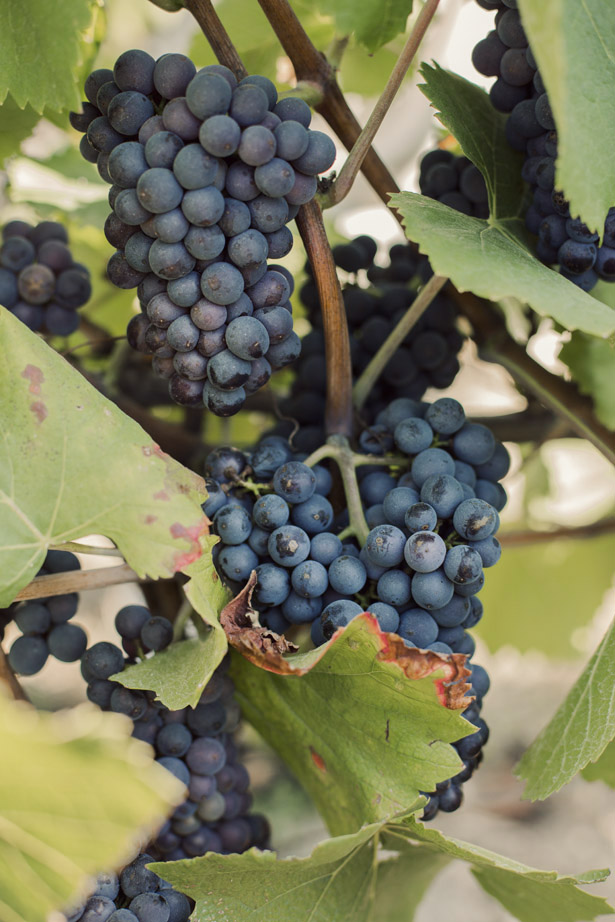
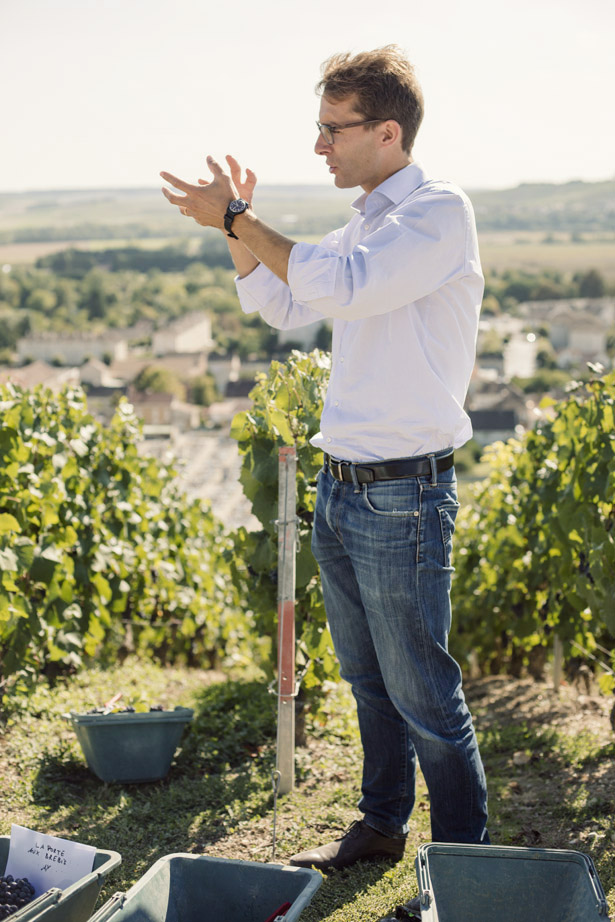
“Each wine’s energy defines the time as evidence. The character of each vintage comes from the season and the energy in the grapes.” -Vincent Chaperon
Trying my hand at grape picking in Banana Republic’s fall burgundy blazer, crepe flutter skirt, leather trapeze top, and IWC Portofino Midsize watch.
“Dom Pérignon is the spiritual father of all of us.” -Richard Geoffroy





